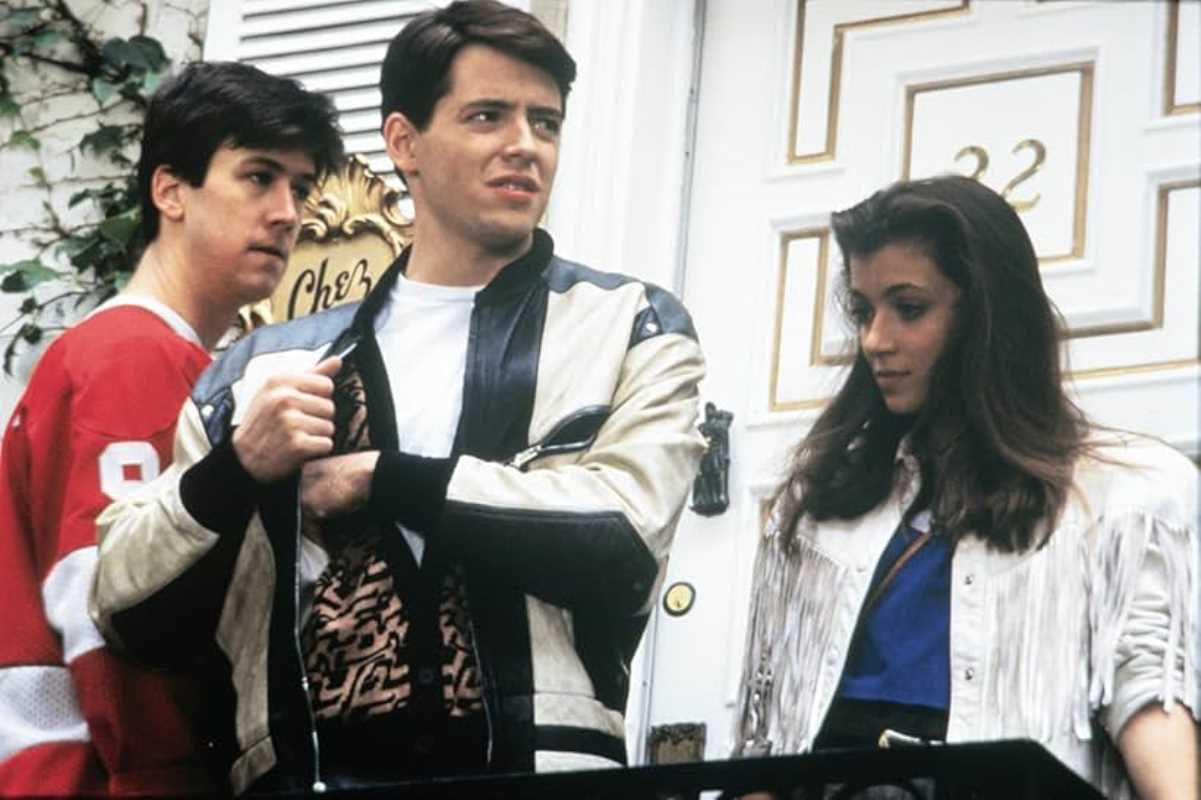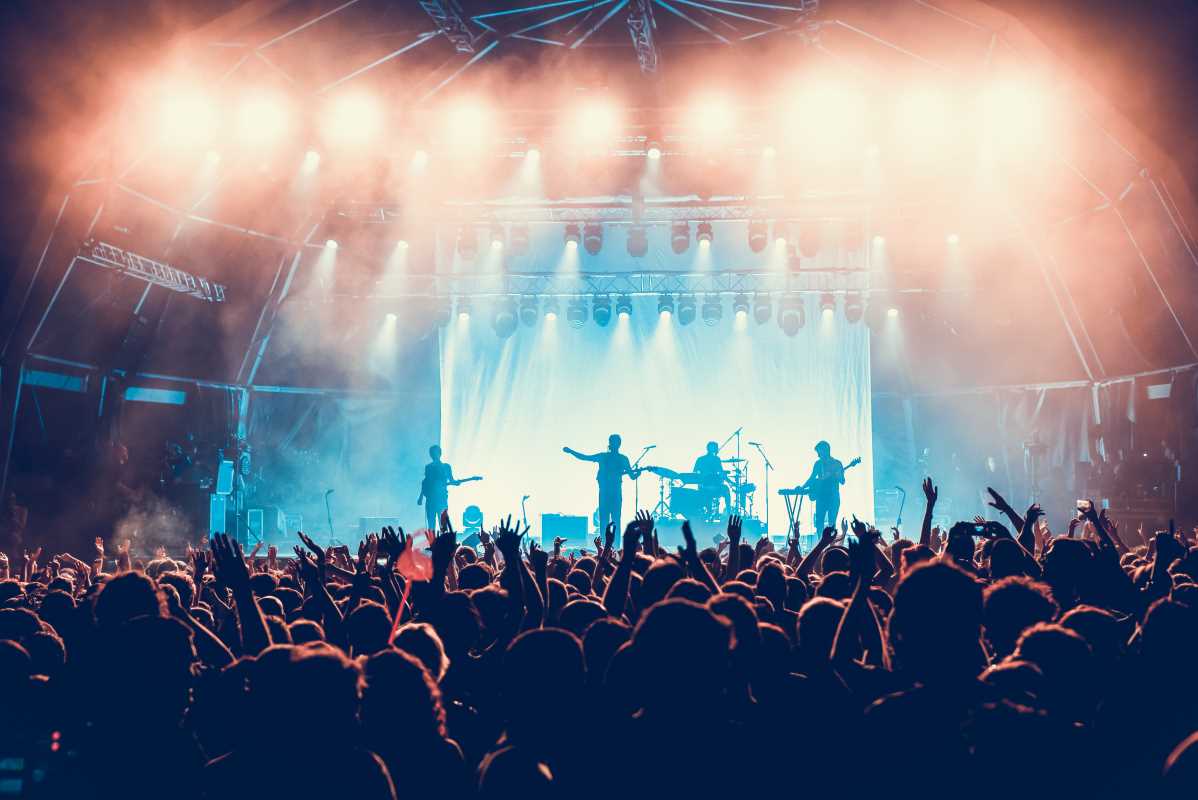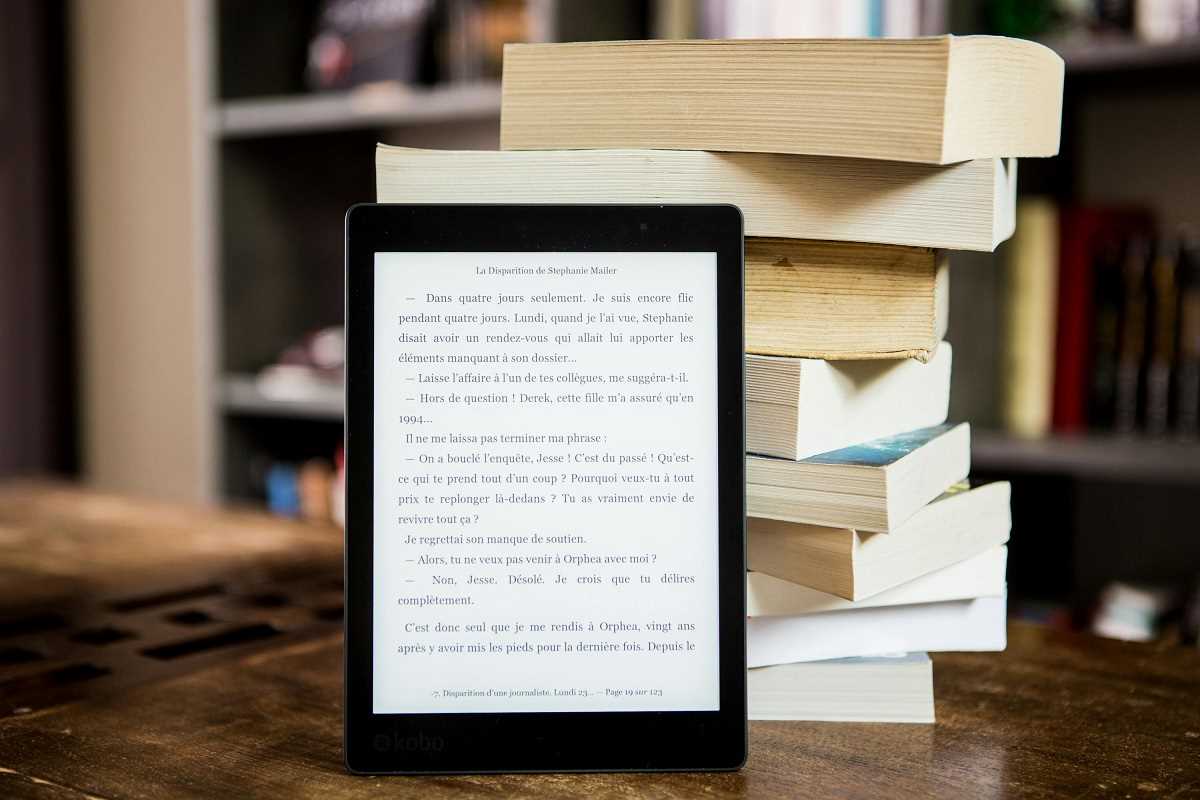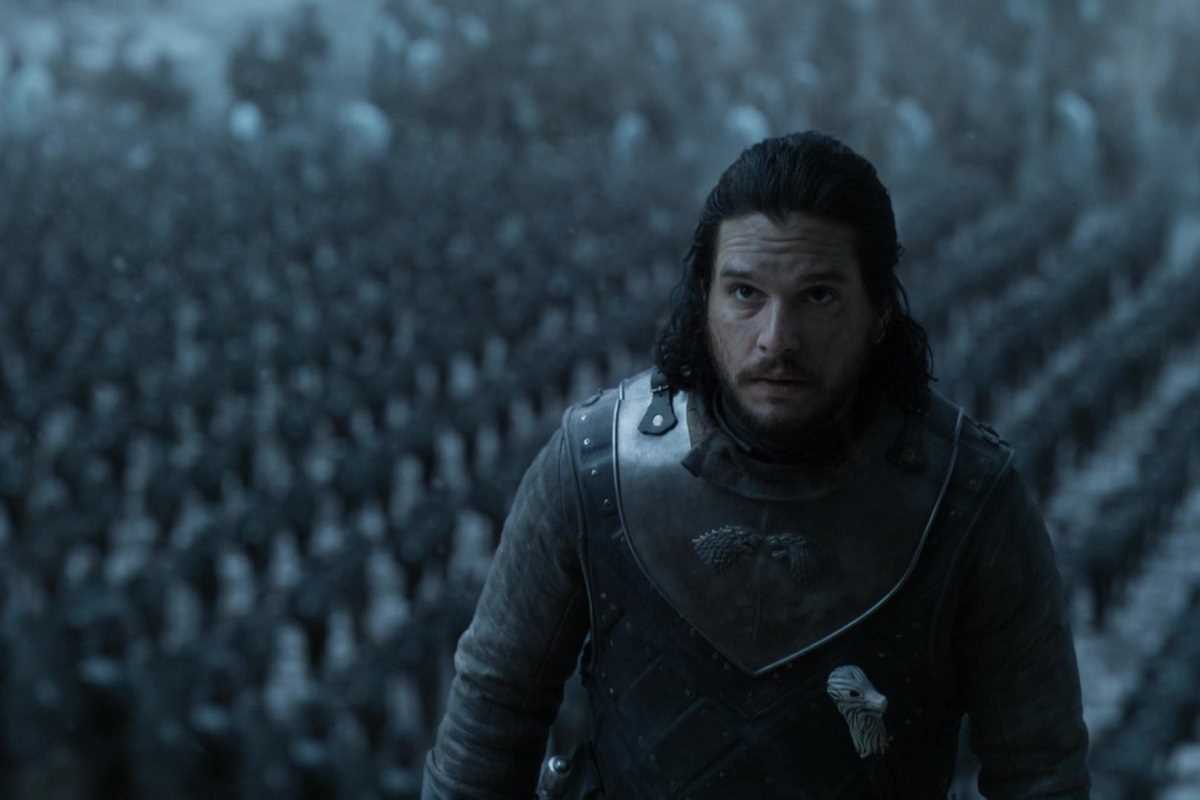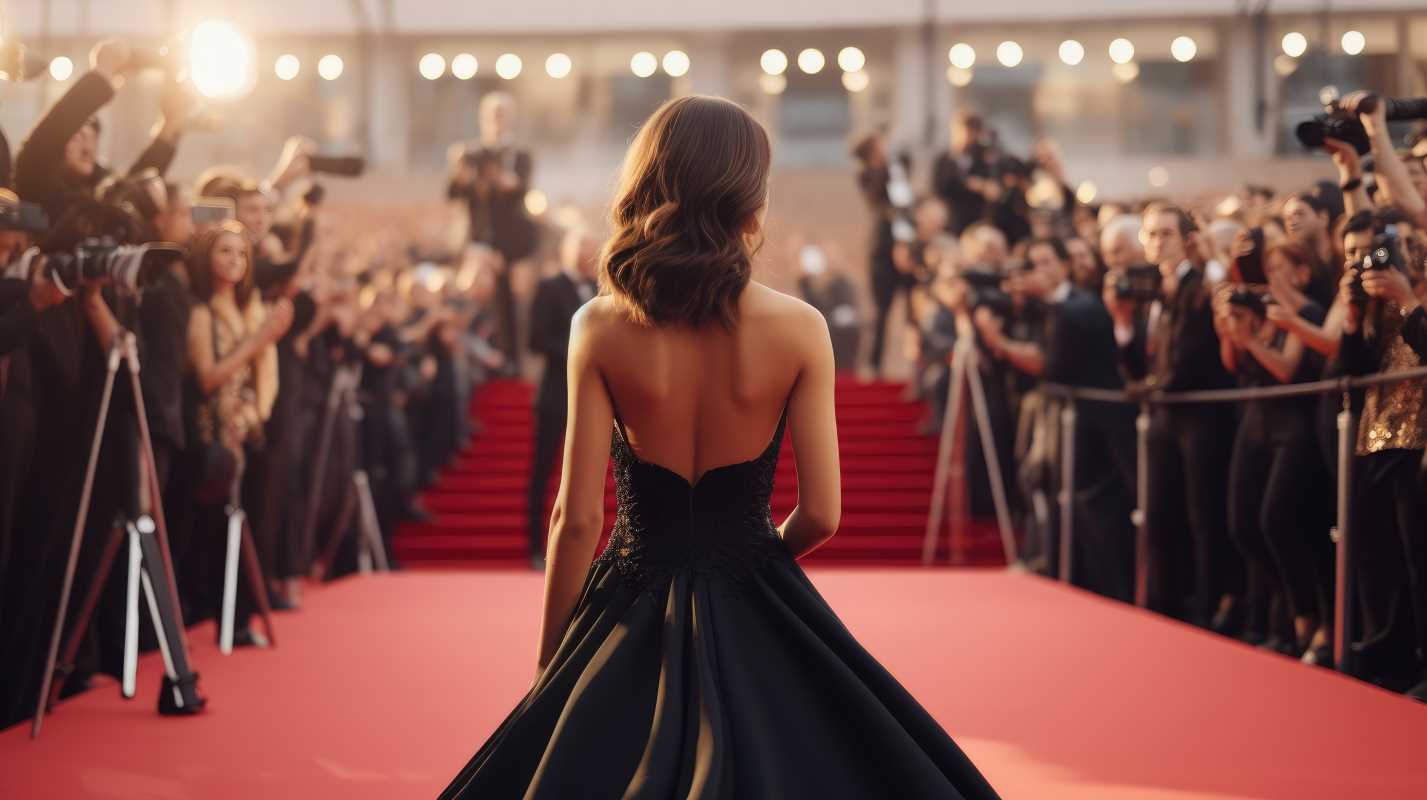As technology advances, so does the art of film editing. From the early days of silent films to the high-definition blockbusters of today, the evolution of film editing has been a fascinating journey. Let's take a closer look at some of the best practices that have shaped the way films are edited, enhancing the storytelling and capturing the audience's attention along the way.
One critical aspect of film editing is continuity editing. This practice ensures that the story flows seamlessly, maintaining a sense of chronological and spatial consistency. By using techniques such as matching action, eyeline matches, and establishing shots, editors create a cohesive narrative that keeps viewers engaged. Continuity editing helps maintain the illusion of reality on screen, allowing audiences to become fully immersed in the story.
Another key practice in film editing is the use of montage. Montage editing involves the juxtaposition of short shots to create a sense of time, place, and meaning. This technique can be used to condense time, build suspense, or evoke an emotional response from the audience. By carefully selecting and sequencing shots, editors can convey complex ideas and emotions effectively. Montage editing is a powerful tool that can elevate a film's storytelling and evoke powerful reactions from viewers.
In addition to continuity editing and montage, rhythm and pacing play a crucial role in film editing. The pace at which scenes are cut together can greatly impact the overall tone and mood of a film. Fast-paced editing can create tension and excitement, while slower pacing can build suspense and drama. By manipulating the tempo of a film through editing, filmmakers can control the audience's emotional experience and keep them on the edge of their seats.
Furthermore, advancements in technology have revolutionized the way films are edited. Non-linear editing systems have replaced traditional linear editing methods, allowing editors to work more efficiently and creatively. Digital editing software offers a wide range of tools and effects that enhance the visual storytelling process. Editors can now manipulate color, add visual effects, and seamlessly integrate sound to create a truly immersive viewing experience.
Moreover, collaboration between directors and editors is essential for creating cohesive and impactful films. Directors often have a specific vision for their projects, and it is the editor's job to bring that vision to life through the editing process. By working closely together, directors and editors can explore different creative approaches, experiment with pacing and sequencing, and ultimately craft a final product that exceeds expectations.
In conclusion, the evolution of film editing has transformed the way stories are told on screen. Through practices such as continuity editing, montage, rhythm and pacing, technological advancements, and collaboration between directors and editors, the art of film editing continues to push boundaries and captivate audiences worldwide. As we look to the future, one thing is certain - the evolution of film editing will continue to shape the way we experience cinema for years to come.
 (Image via
(Image via